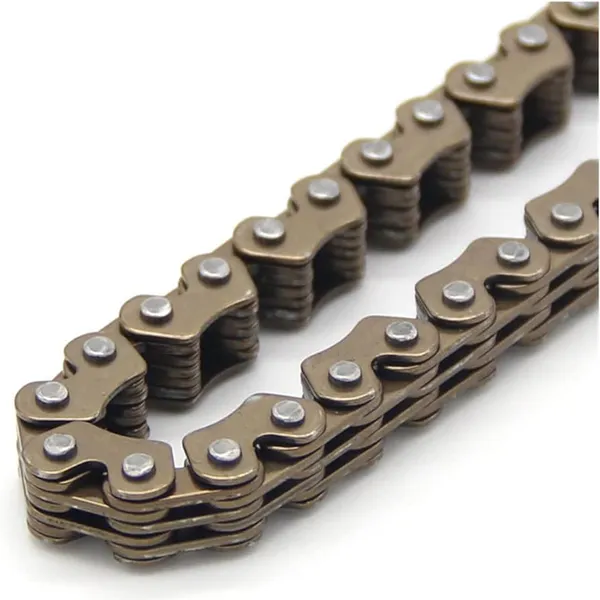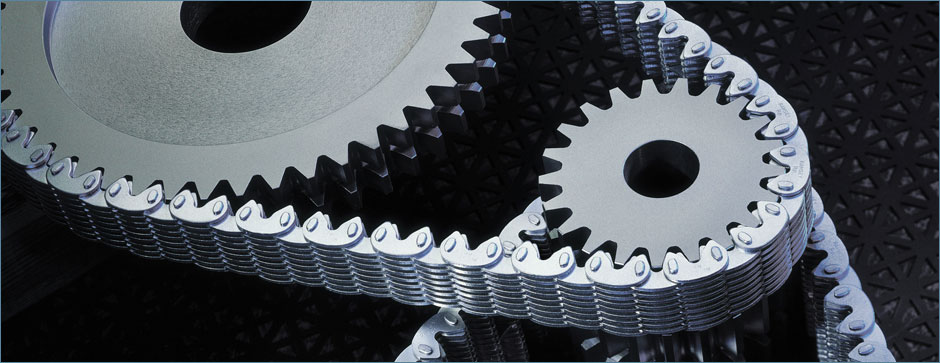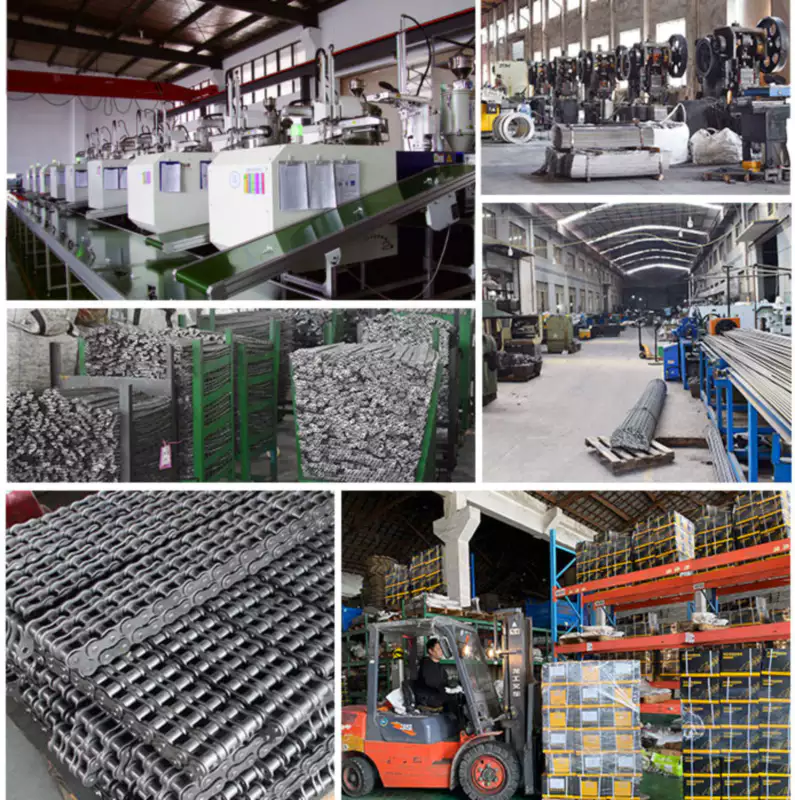Best Practices for Silent Chain Inspection in Critical Infrastructure

Silent chains are widely used in critical infrastructure applications, such as aerospace, power generation, and oil and gas. These chains are designed to operate silently and efficiently under high loads and speeds. However, like any other mechanical component, they require regular inspection and maintenance to ensure their optimal performance and longevity.
In this article, we will discuss the best practices for silent chain inspection in critical infrastructure. We will cover the key aspects of chain inspection, including visual inspection, measurement, lubrication, and tensioning. We will also provide some tips for extending the life of your chains and ensuring their safe operation.
Visual Inspection
The first step in silent chain inspection is a visual inspection. This involves checking the chain for any signs of wear, damage, or deformation. You should inspect the chain links, pins, rollers, and sprockets for any signs of cracking, chipping, bending, or corrosion. You should also check the chain for any signs of elongation or stretching.
Measurement
After the visual inspection, you should measure the chain length and pitch. This will help you determine whether the chain has elongated or worn out. You can use a chain gauge or caliper to measure the chain length and pitch accurately.
Lubrication
Silent chains require proper lubrication to operate silently and efficiently. You should use high-quality lubricants that are compatible with your chain material and operating conditions. You should also ensure that the lubricant is applied evenly and in the right quantity. Over-lubrication can cause the chain to attract dust and debris, while under-lubrication can cause the chain to wear out prematurely.
Tensioning
Silent chains require proper tensioning to operate safely and efficiently. You should follow the manufacturer’s recommendations for chain tensioning, which may include adjusting the sprocket position, adding or removing chain links, or adjusting the tensioner. Improper tensioning can cause the chain to jump or skip teeth, resulting in noise, vibration, and damage.
Tips for Extending Chain Life
To extend the life of your silent chains, you should:
- Ensure proper lubrication and tensioning
- Use high-quality chains and sprockets
- Replace chains and sprockets as a set
- Use chain guards and covers to protect the chain from dust and debris
- Inspect chains regularly and replace them if they show signs of wear or damage

About Our Company
Our company is a leading supplier of chains in the Chinese market. Our products include silent chains, bush chains, roller chains, double flex chains, motor chains, and drag chains, among others. We have a wide range of fully automated CNC production equipment and assembly equipment. We provide high-quality products, competitive prices, and excellent customer service. Customers are welcome to contact us for custom designs.

Q&A
Q1: What is a silent chain?
A: A silent chain is a type of chain designed to operate silently and efficiently under high loads and speeds. It is widely used in critical infrastructure applications, such as aerospace, power generation, and oil and gas.
Q2: What is the best way to lubricate a silent chain?
A: The best way to lubricate a silent chain is to use high-quality lubricants that are compatible with your chain material and operating conditions. You should ensure that the lubricant is applied evenly and in the right quantity.
Q3: How often should I inspect my silent chains?
A: You should inspect your silent chains regularly, depending on the operating conditions and the manufacturer’s recommendations. Typically, you should inspect them every 3 to 6 months.
Q4: How can I extend the life of my silent chains?
A: You can extend the life of your silent chains by ensuring proper lubrication and tensioning, using high-quality chains and sprockets, replacing chains and sprockets as a set, using chain guards and covers, and inspecting chains regularly.
Q5: What is the difference between a silent chain and a roller chain?
A: A silent chain is designed to operate silently and efficiently under high loads and speeds, while a roller chain is designed for higher speeds and lower loads. A silent chain has a different design that allows it to operate silently, while a roller chain has rollers that reduce friction and wear.